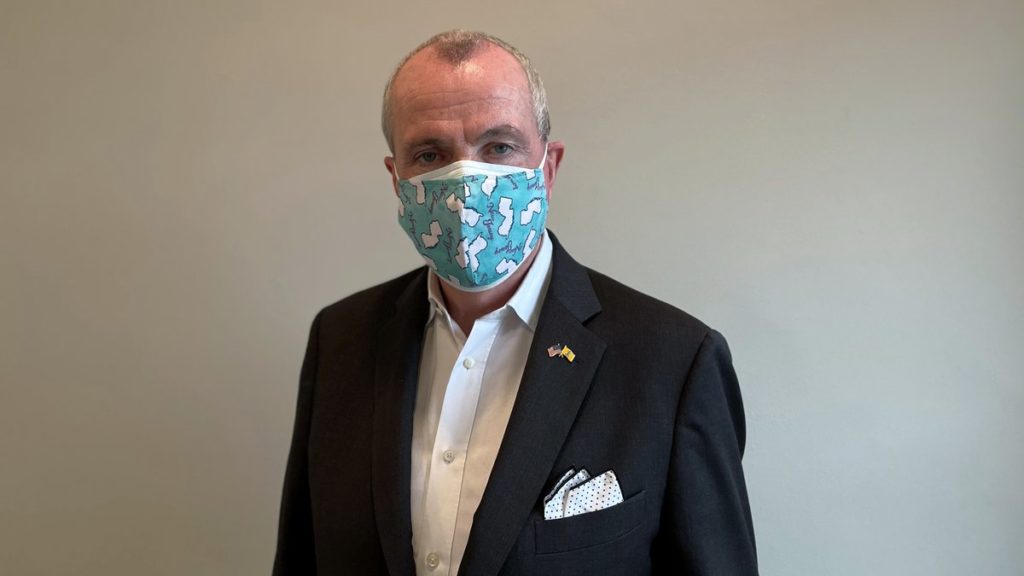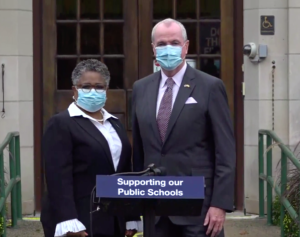Gov. Phil Murphy is receiving high praise for his “bold proclamation” that in September, “unless the world goes sideways,” schools will not be allowed to offer virtual learning, even for parents who want it as an option. (Right now New Jersey’s ten largest districts have not resumed full-time in-person instruction and have no plans to do so by the end of this school year.)
According to David Zweig in New York Magazine, Murphy should be a role model for other leaders like New York City Mayor Bill de Blasio, who says that in the fall he expects schools will offer remote options, as well as district leaders in Indiana, North Carolina, Ohio, California, Virginia, and Georgia. Others pushing for a continuation of remote instruction include Becky Pringle, president of the National Education Association, the nation’s largest teachers union, who said that more studies are needed and “we still have lots of questions.” A spokesman for Durham, North Carolina, schools said, “We have no illusions that COVID will be eradicated by the time the start of the school year comes up.” Philadelphia Superintendent William Hite said it was a “leap” for parents to expect in-person instruction, because “we don’t know what we don’t know.”
But, according to Zweig, these leaders aren’t considering the cost—both financial and academic—district will incur if they continue remote instruction in the fall. While there’s been much attention to the deficits incurred for students learning remotely, there hasn’t been enough focus on what happens when teachers have to divide their time between the students sitting in classrooms and the ones on Zoom. Hiring a cadre of teachers to solely instruct remote students is expensive and so schools resort to “an electronic, screen-based mode of instruction on in-person students.”
Even more importantly, “experts suggest that continuing to offer remote programs premised on the unfounded need for safety perpetuates a false narrative about undue risk in schools.”
In other words, the safety issue is overblown. Zweig writes,
Study after study have shown that schools tend to have lower case rates than the surrounding community, and there is low risk in schools even when there is an elevated community case rate. A large and comprehensive study in Massachusetts concluded that students and staff were at no greater risk at three feet apart than six feet. This study reinforces what has been documented in schools throughout Europe. Moreover, it’s long been known that children are at extremely low risk of developing serious illness from COVID. Taken together, these data indicate that a full-density classroom, even with limited mitigation measures, is not unduly dangerous now, so the notion that remote learning will be needed for safety reasons this fall — after every adult (and even some teenagers) have had the opportunity to be vaccinated — seems to be unsupported by the science.
Elissa Schechter-Perkins, an infectious-diseases specialist at Boston University Medical School and co-author of the influential study that led the CDC to change its distancing guidance to three feet, said, “Continuing to offer a remote option, in the name of ‘safety,’ will serve to undermine the truth that receiving an education inside a school building is not dangerous.”
Governor Murphy for the win!





